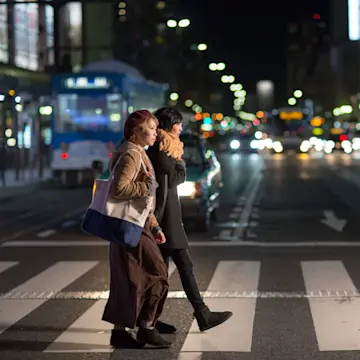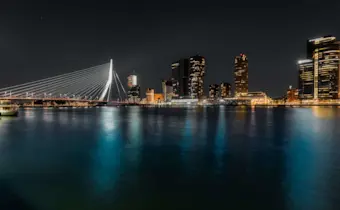België
Changer la langue
International
Changer la langue
International



We belichten graag enkele kansen die door onze experts zijn geselecteerd.

Jaap van der Hart
Portfolio Manager
Opkomende markten
“
Bedrijven in toonaangevende opkomende markten beginnen naar boven te komen als wereldwijde leiders

Joop Kohler
Head of Credit team
Creditbeleggen
“
Door de herwaardering op de obligatiemarkten is de rente op bedrijfsobligaties fors gestegen, wat mogelijk een aantrekkelijk instapmoment oplevert.

Roman Boner CFA
Senior Portfolio Manager
Energiebeleggingen
“
De energiesector is verantwoordelijk voor 75% van de wereldwijde uitstoot, waarmee die de grootste hand heeft in de klimaatverandering
Het nieuwe tijdperk van opkomende markten
Kansen pakken op de creditmarkt
Beleggen in de transitie
Het nieuwe tijdperk van opkomende markten